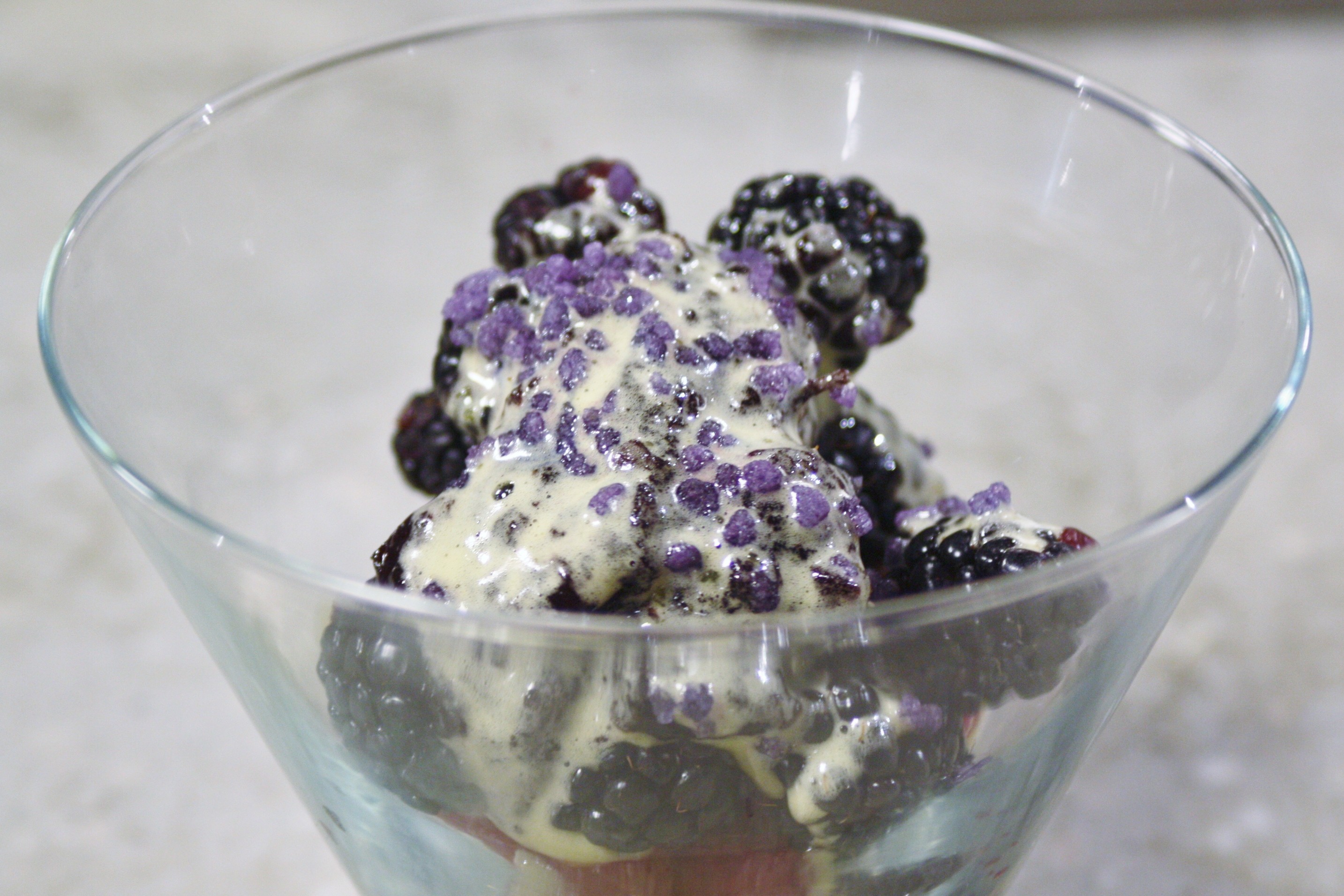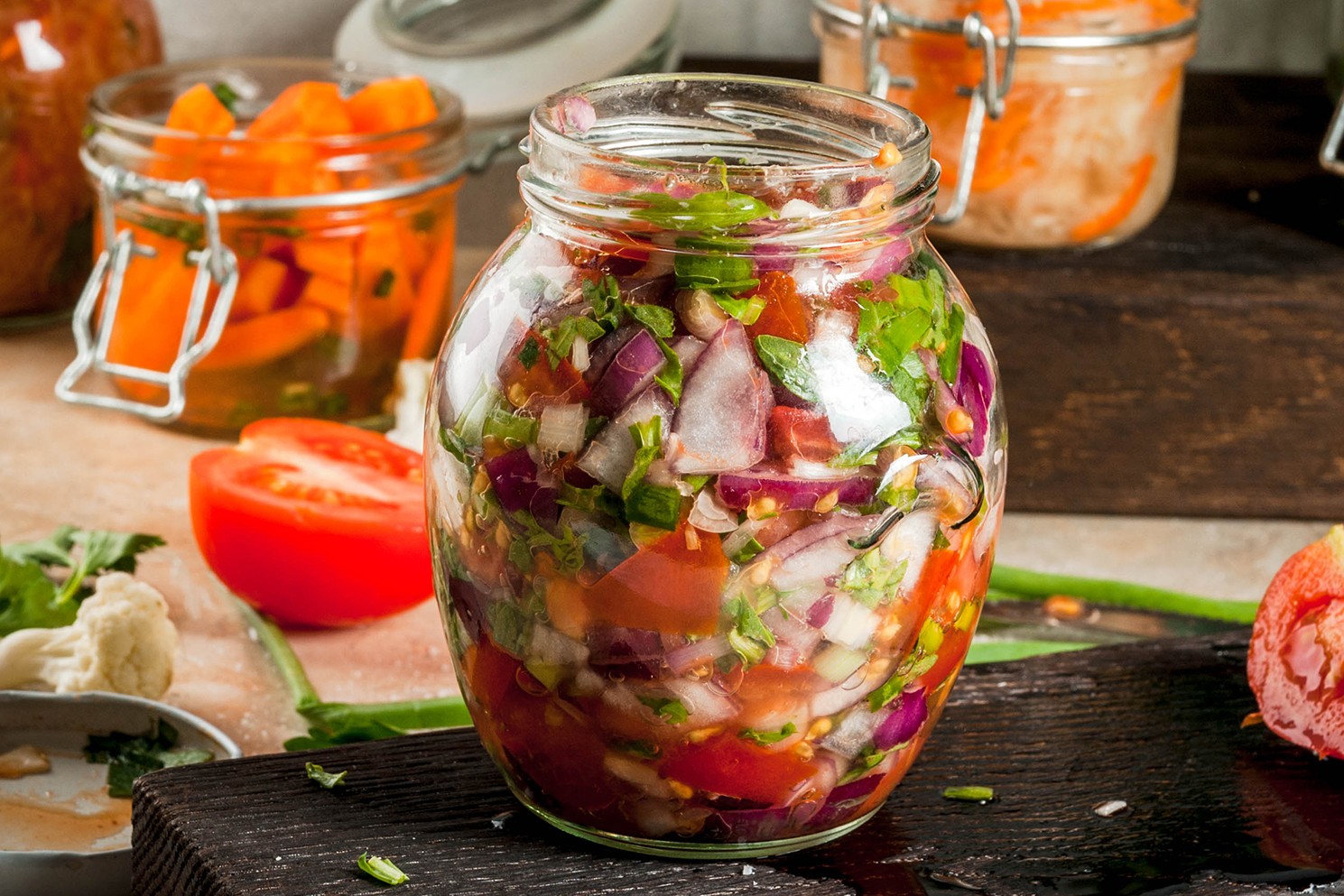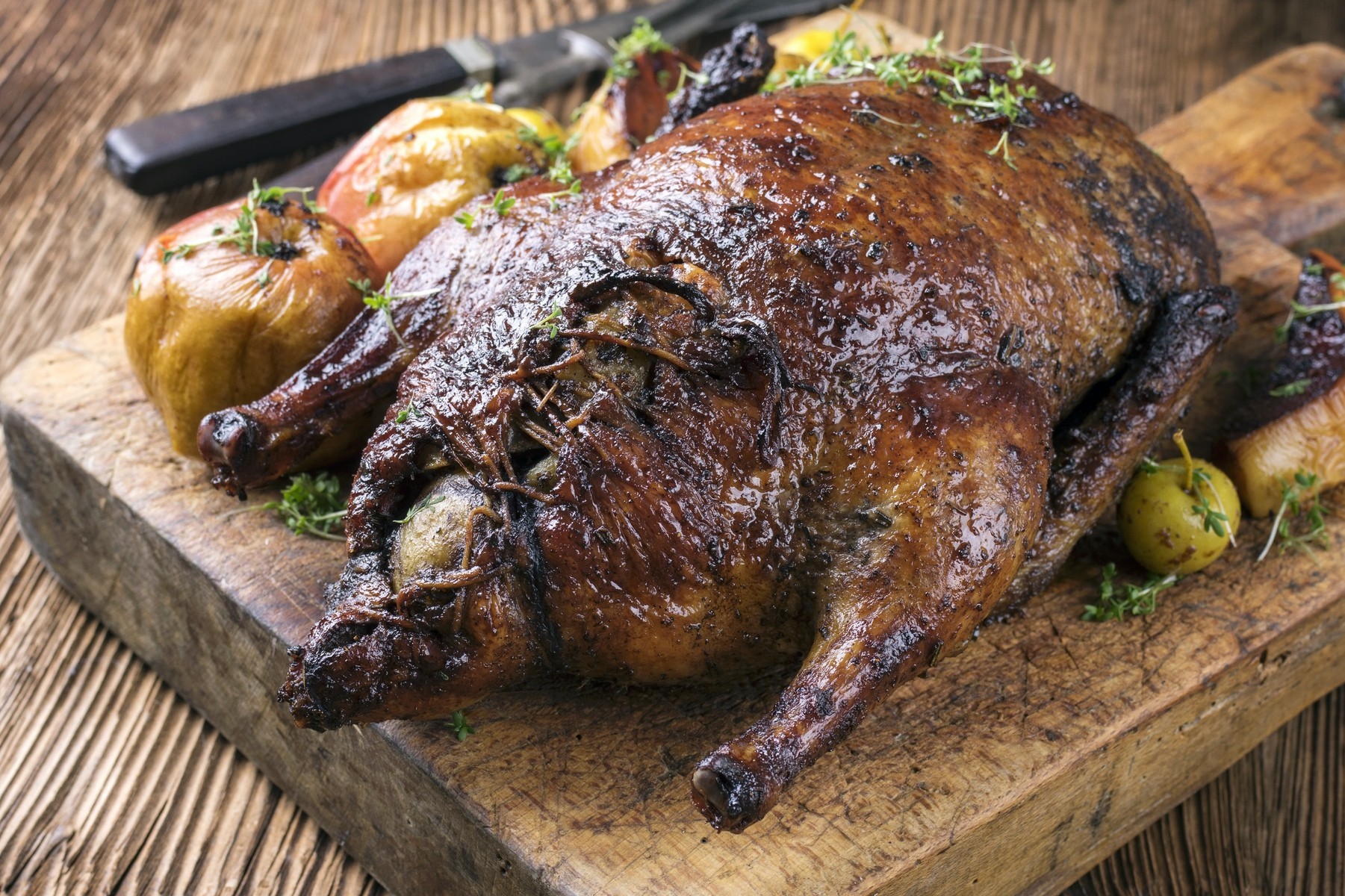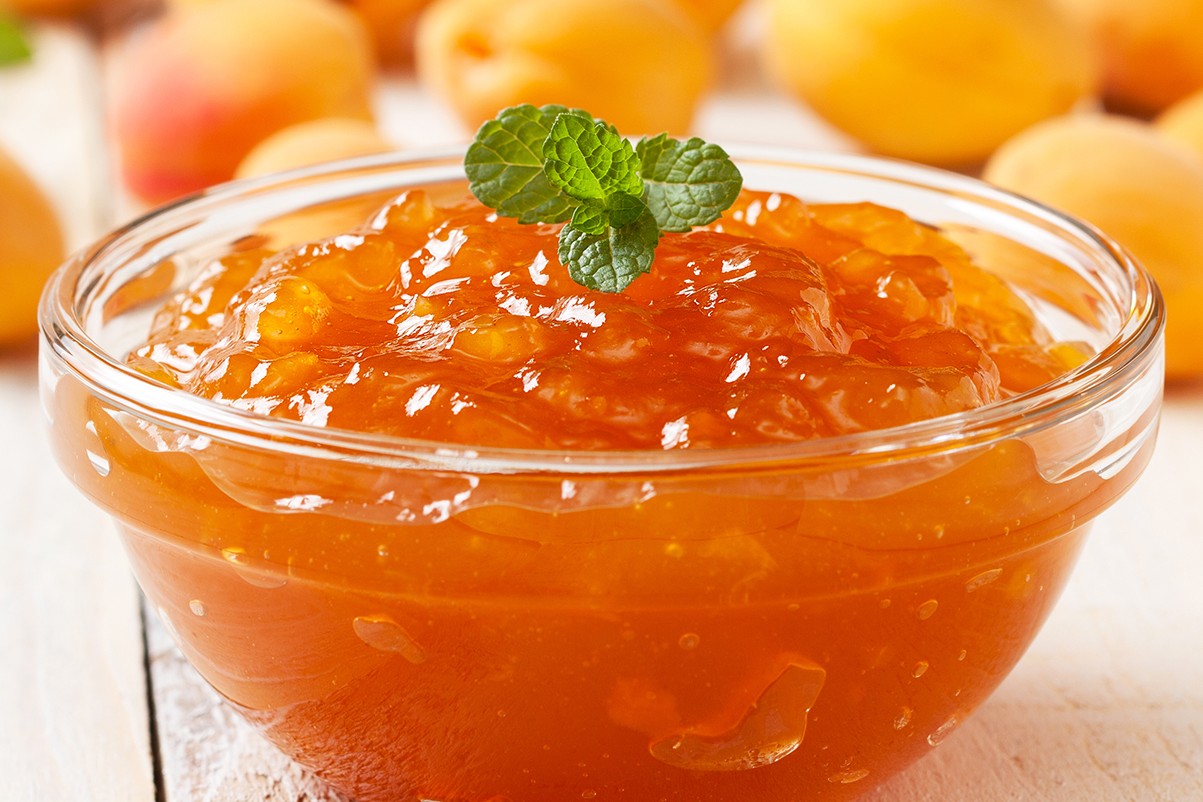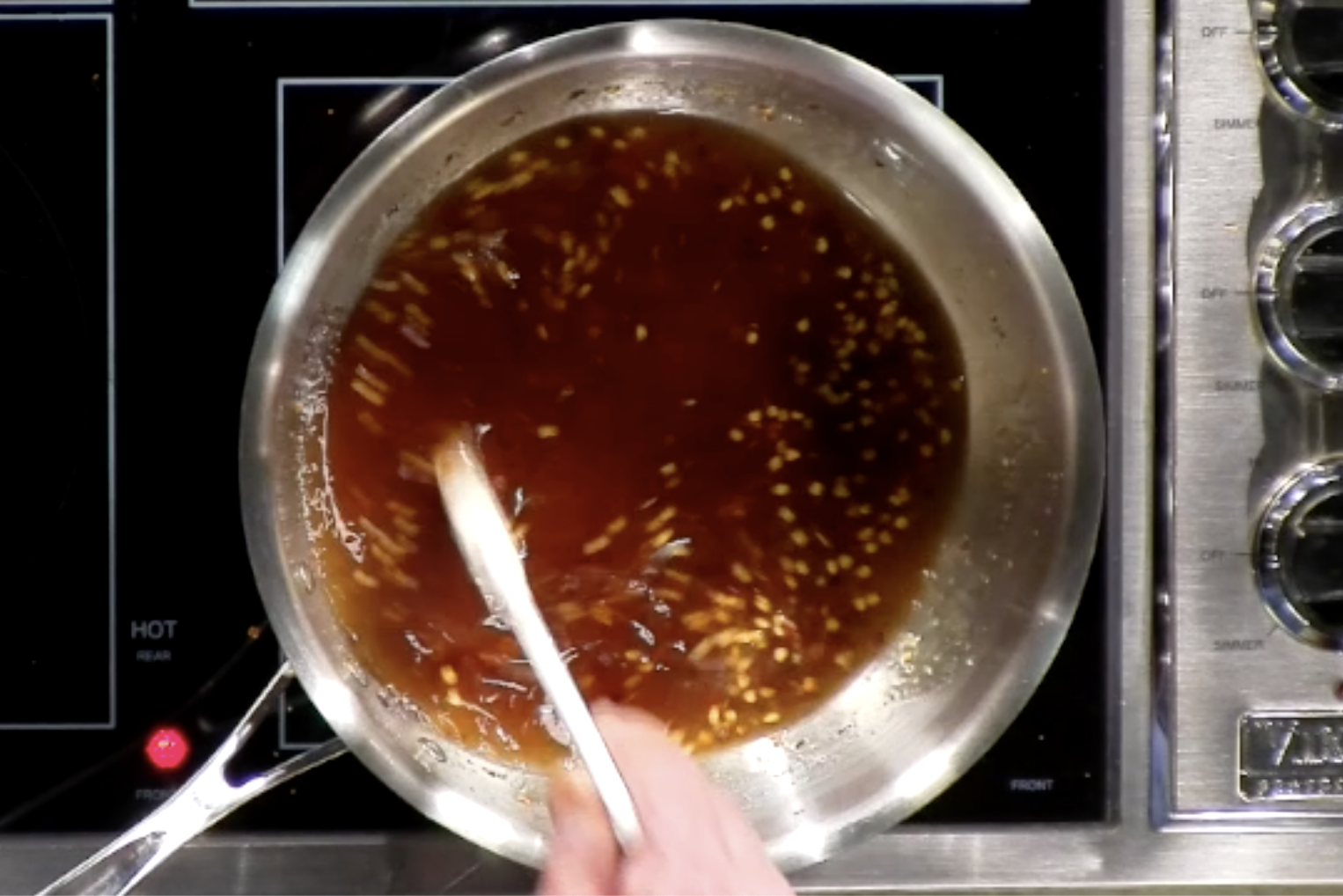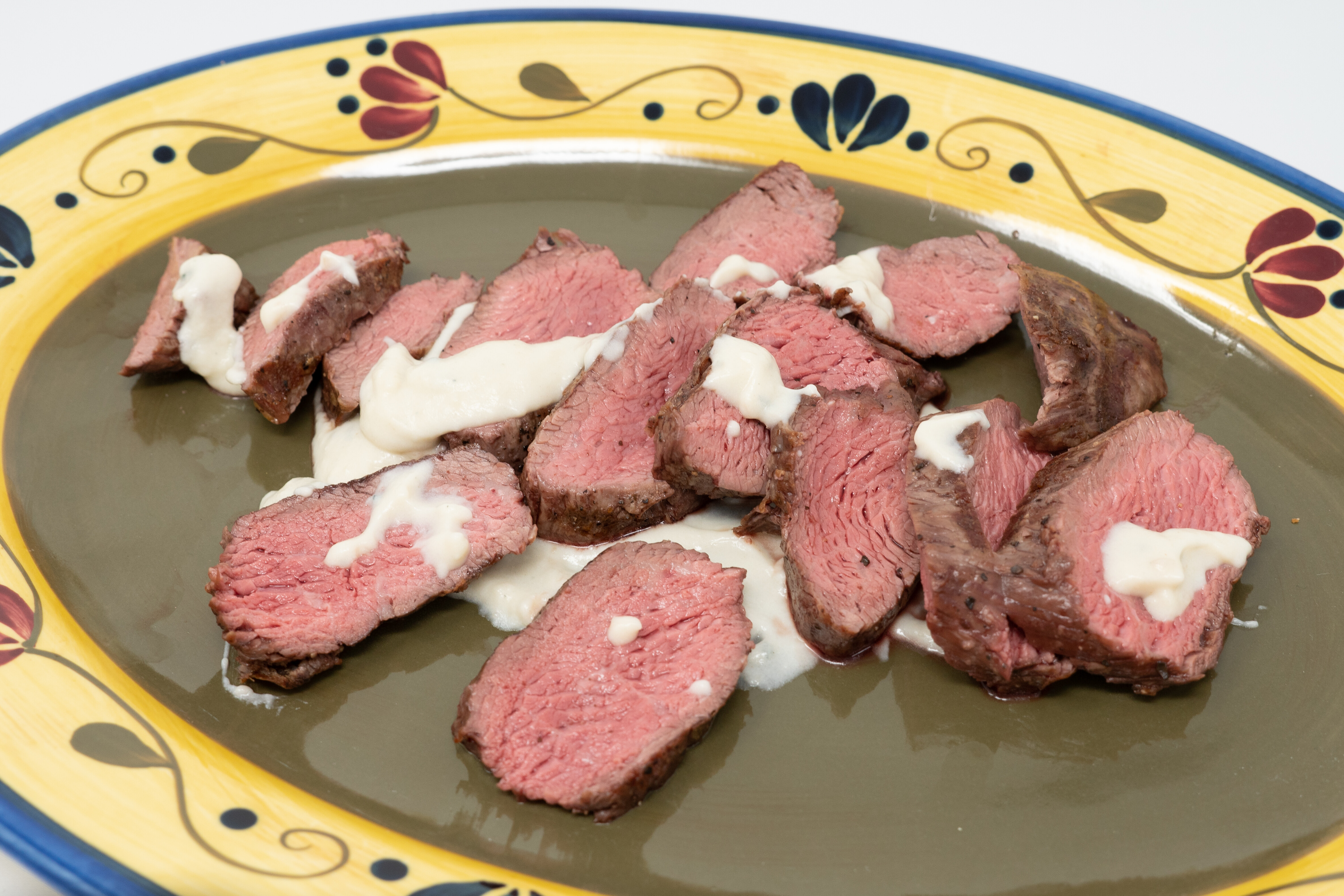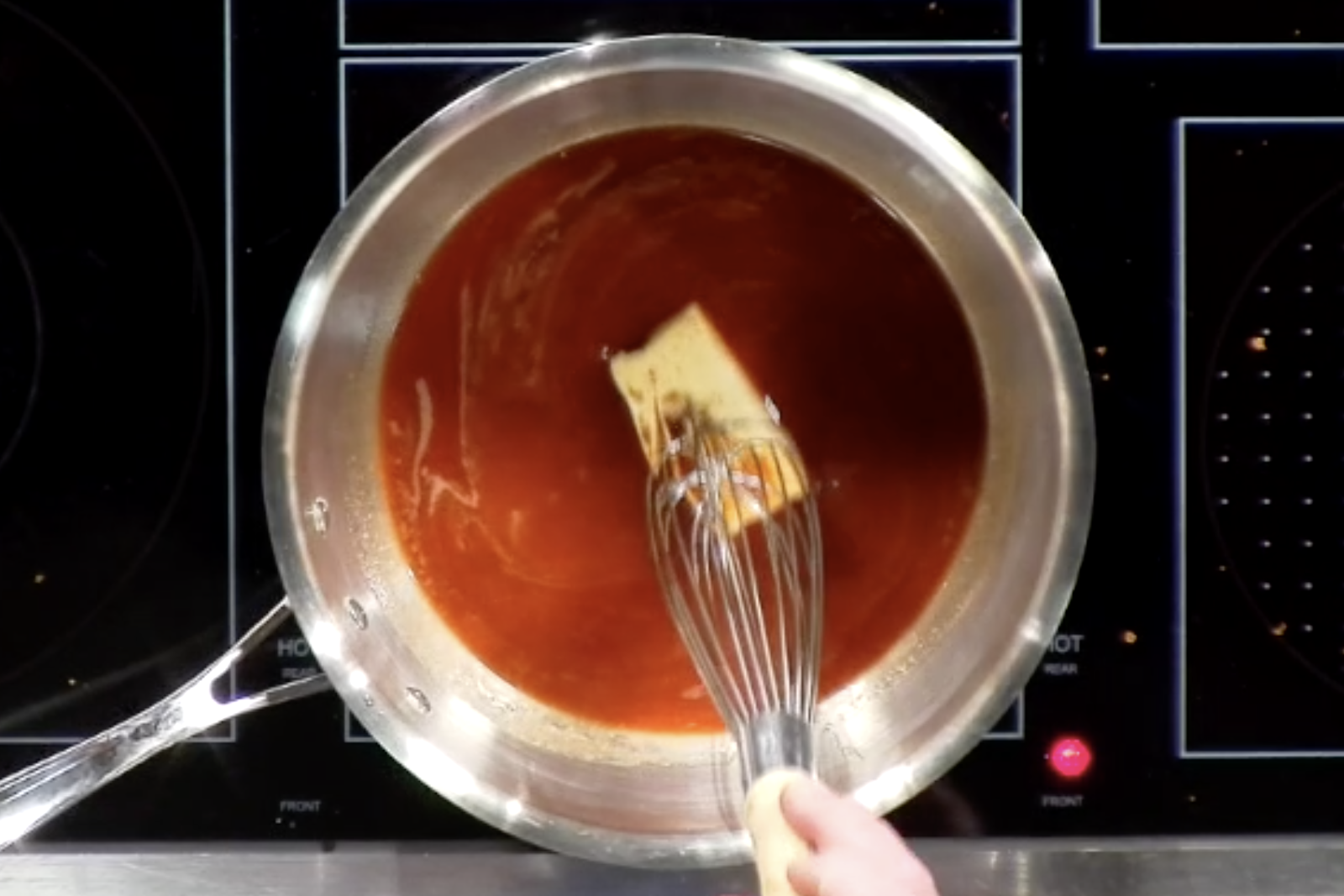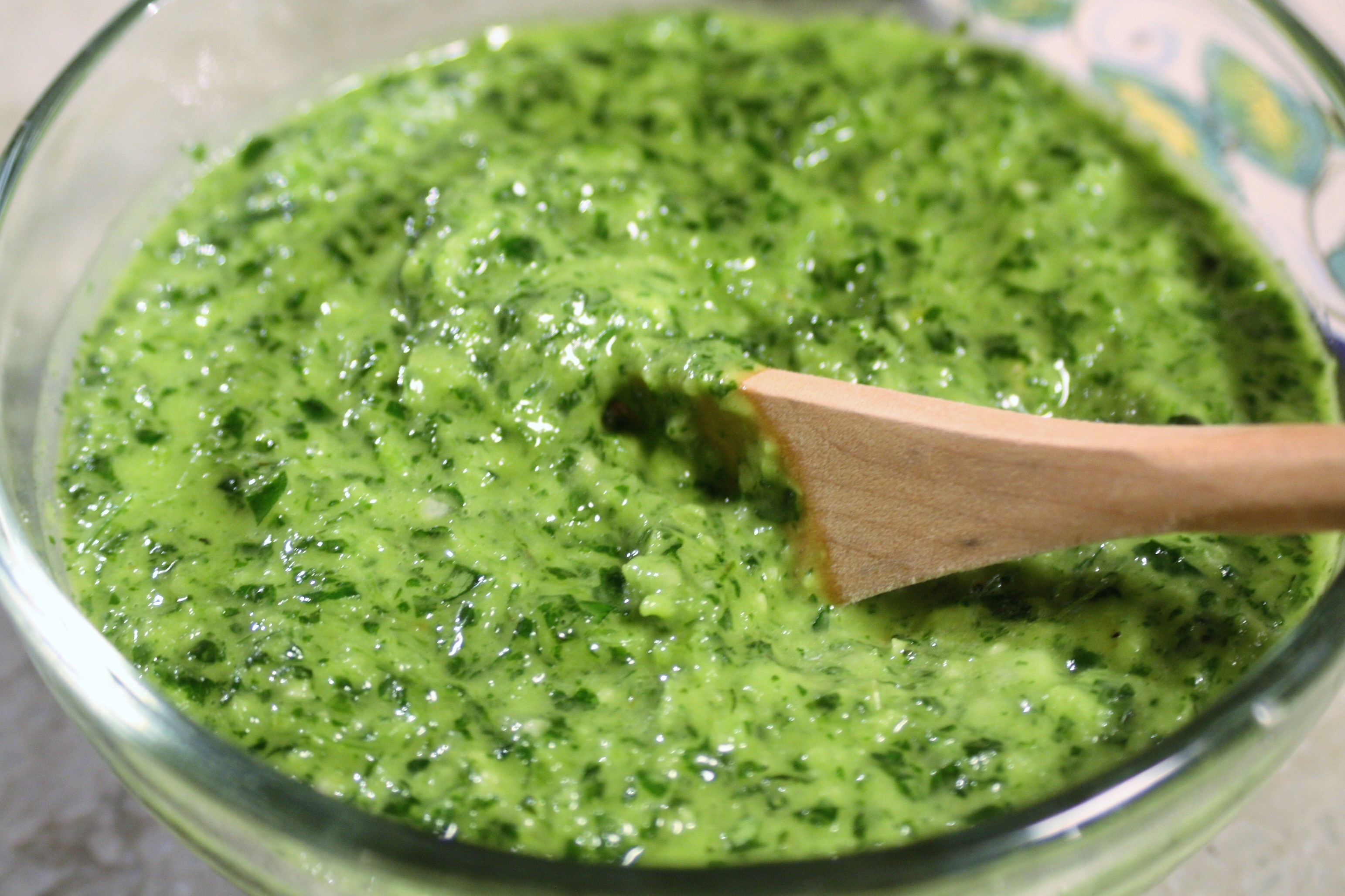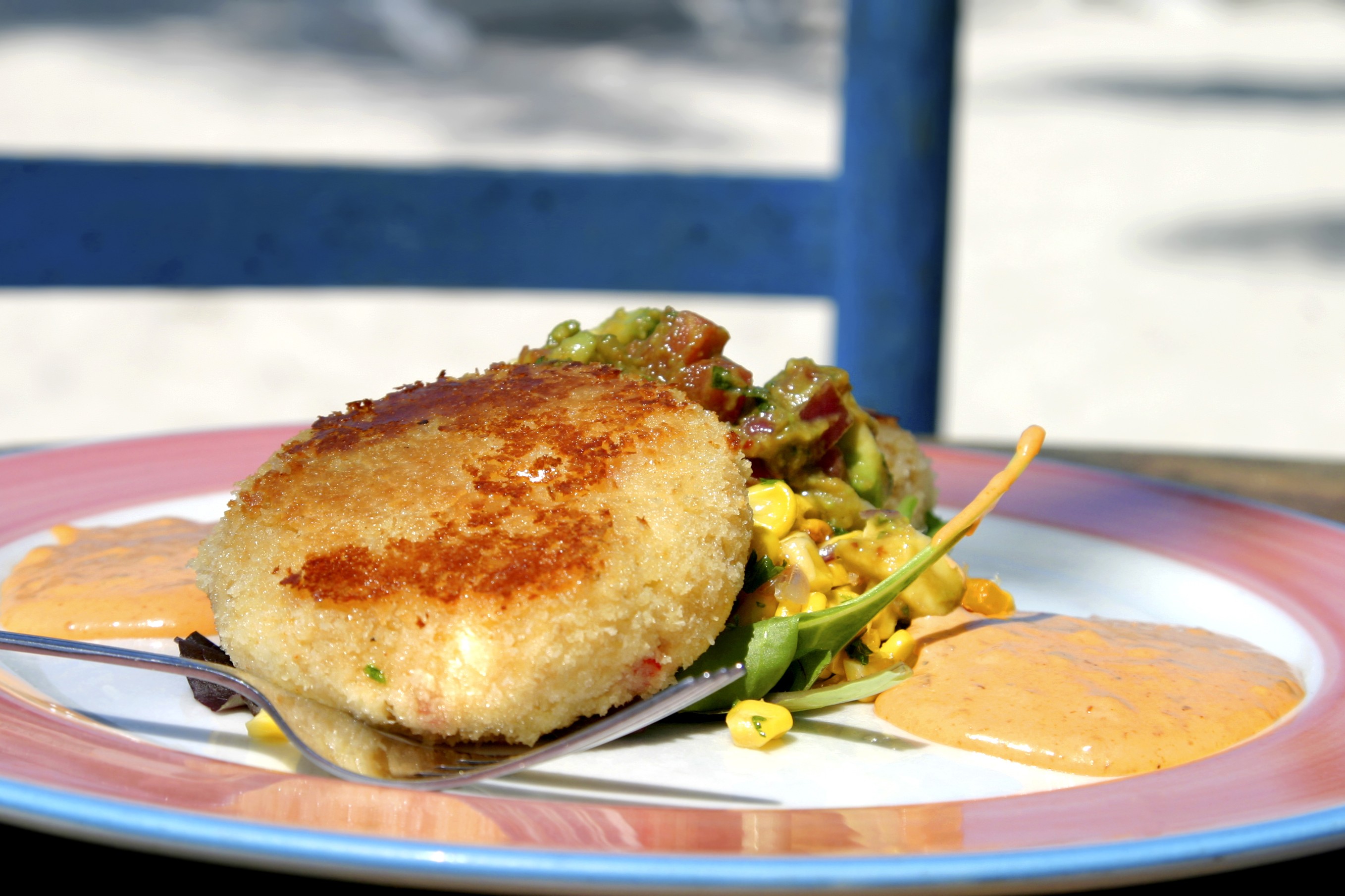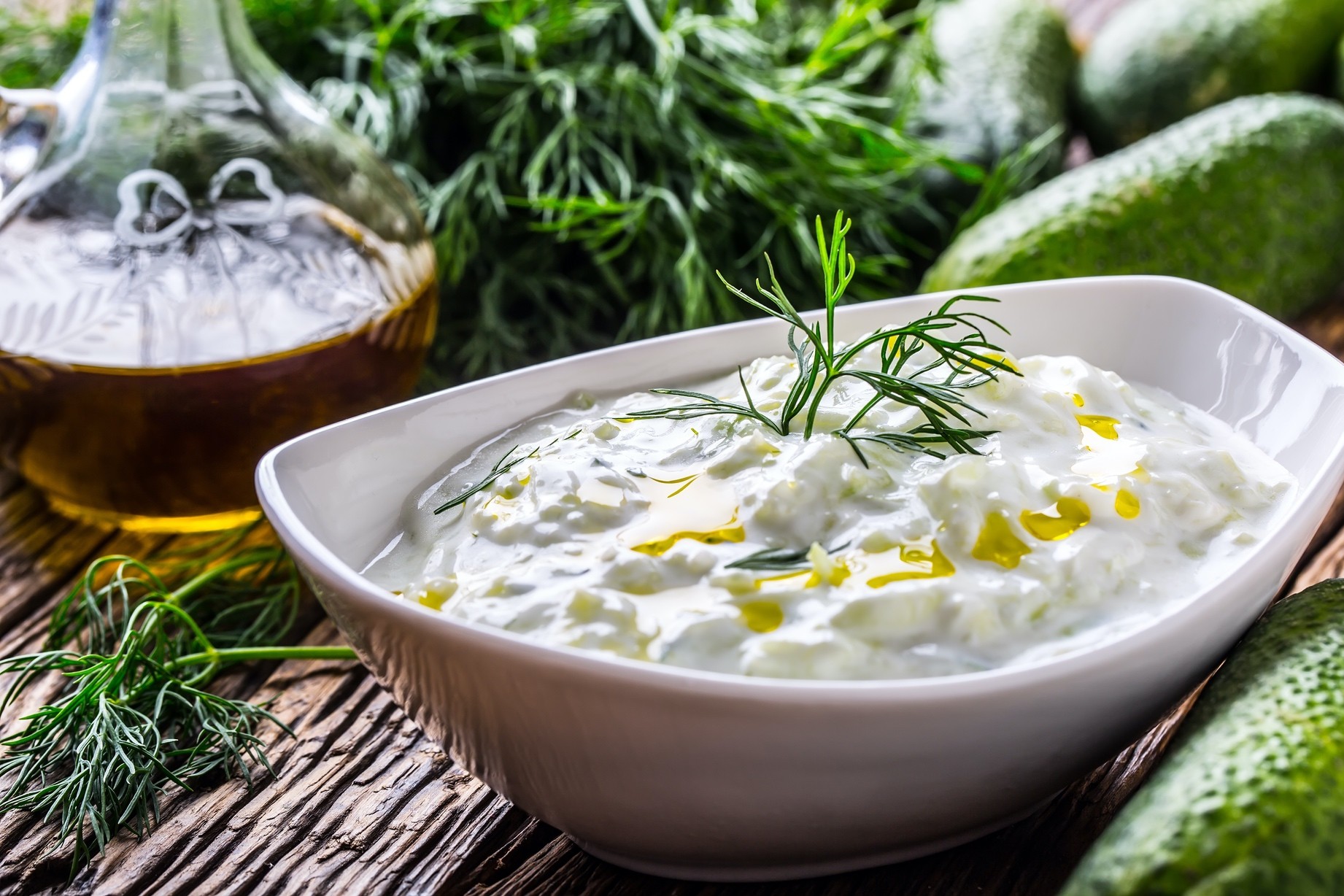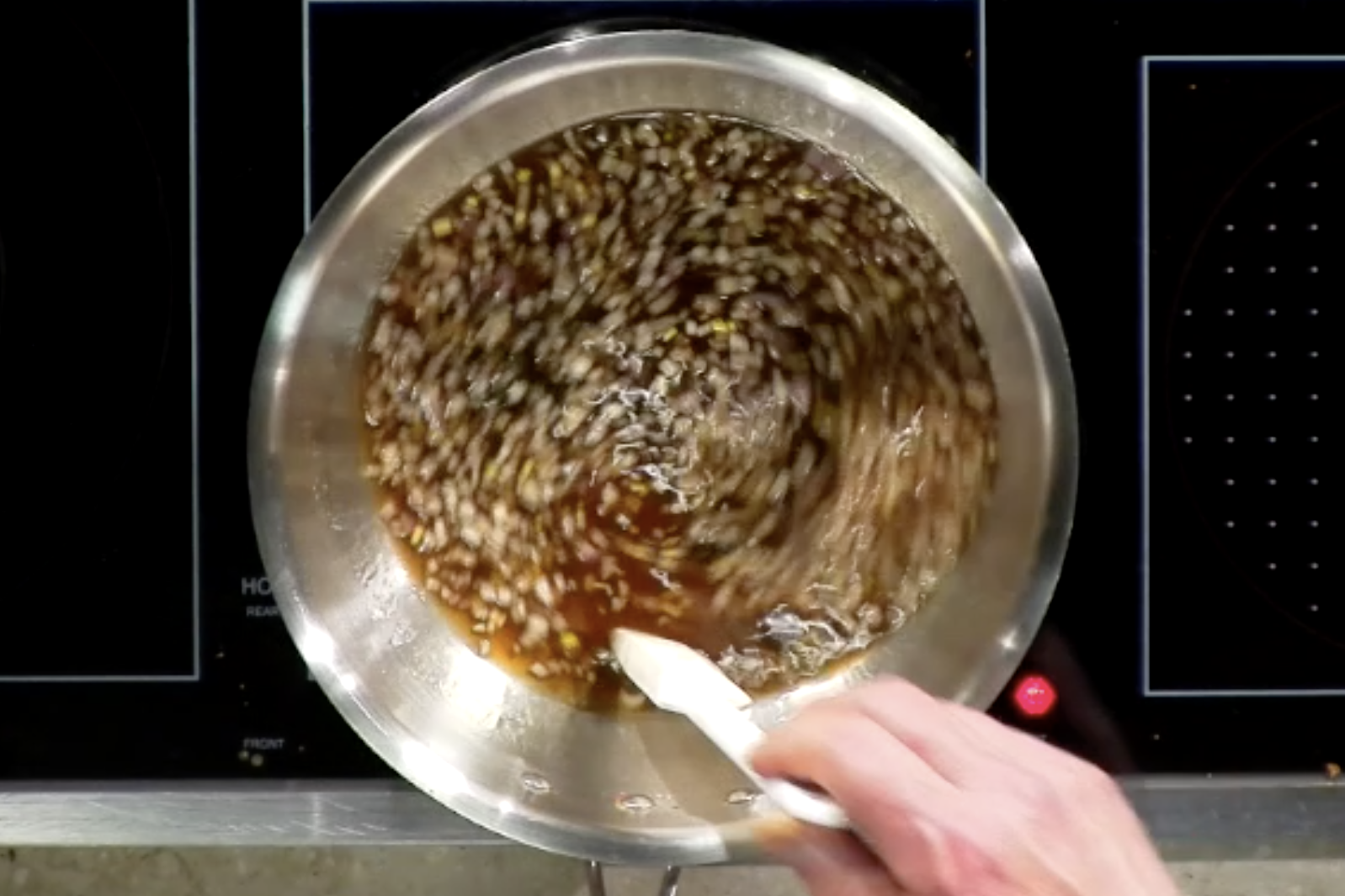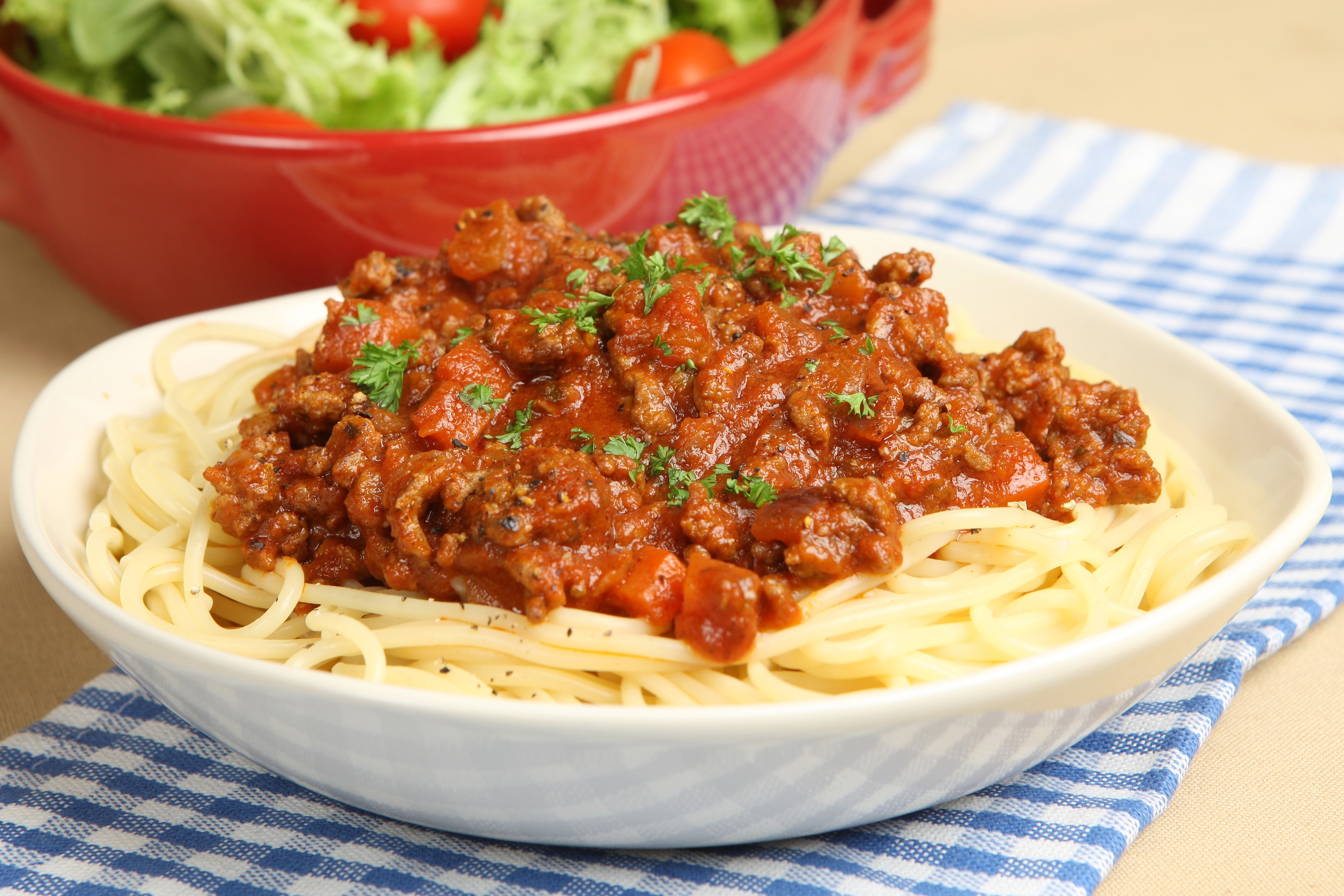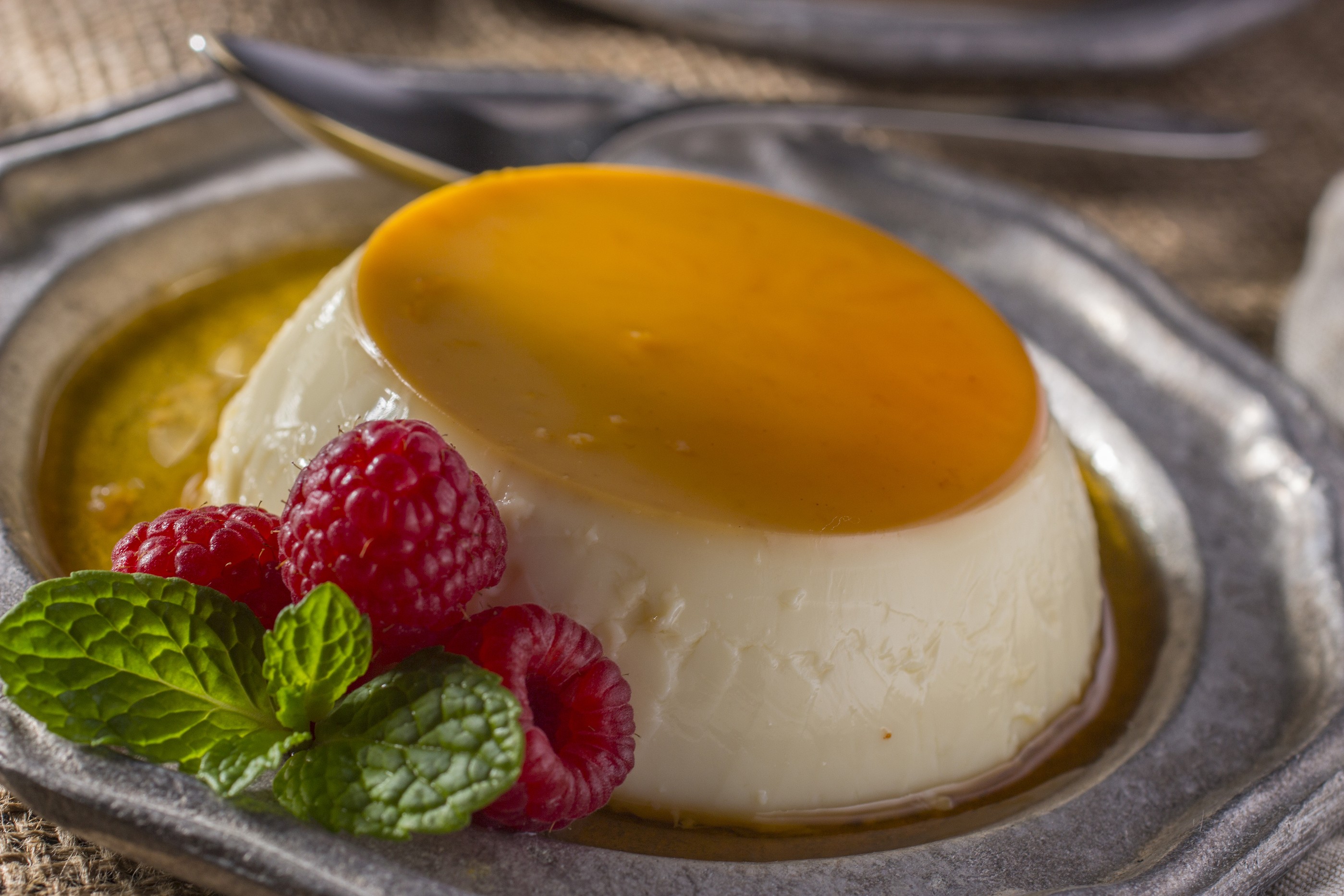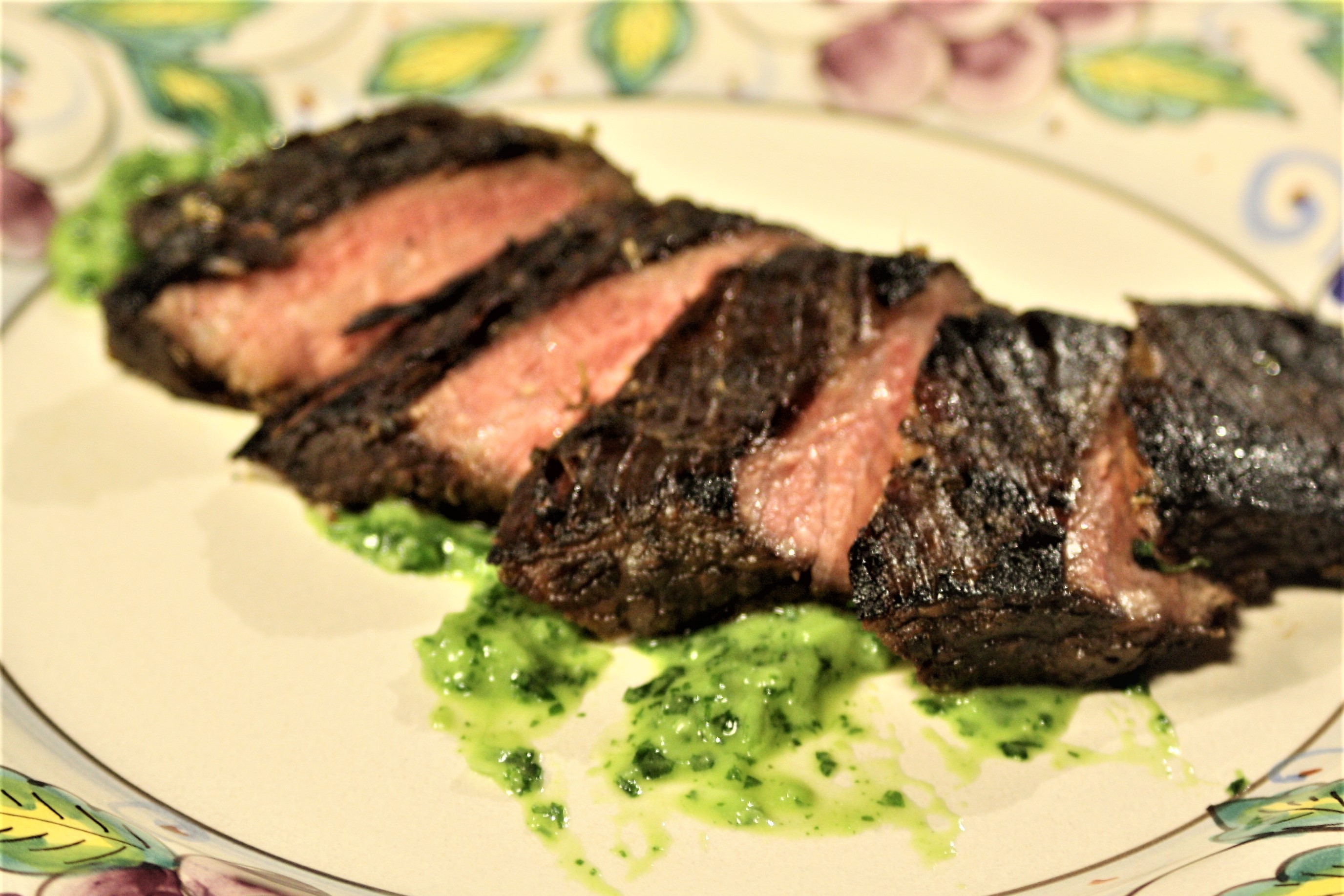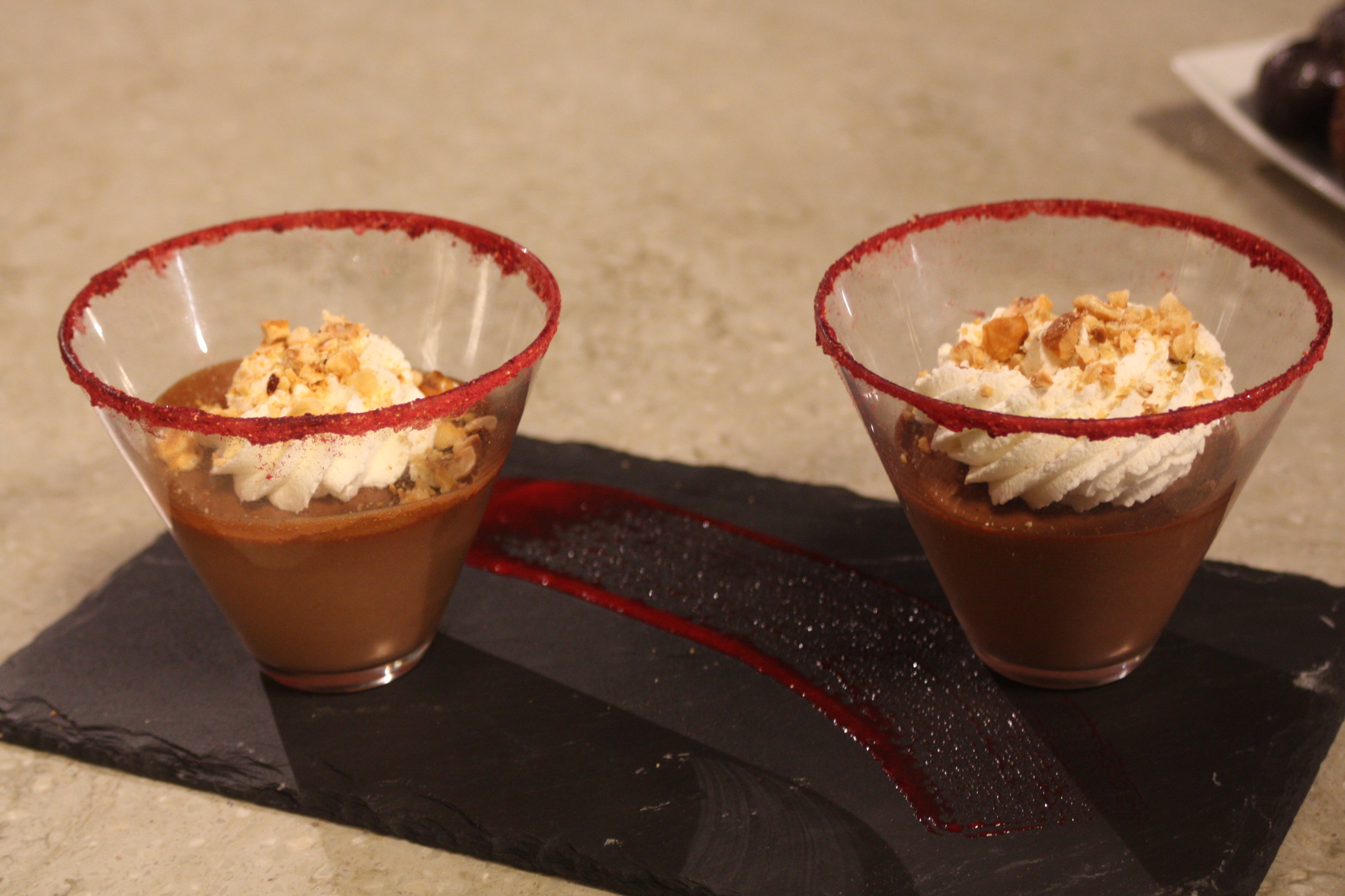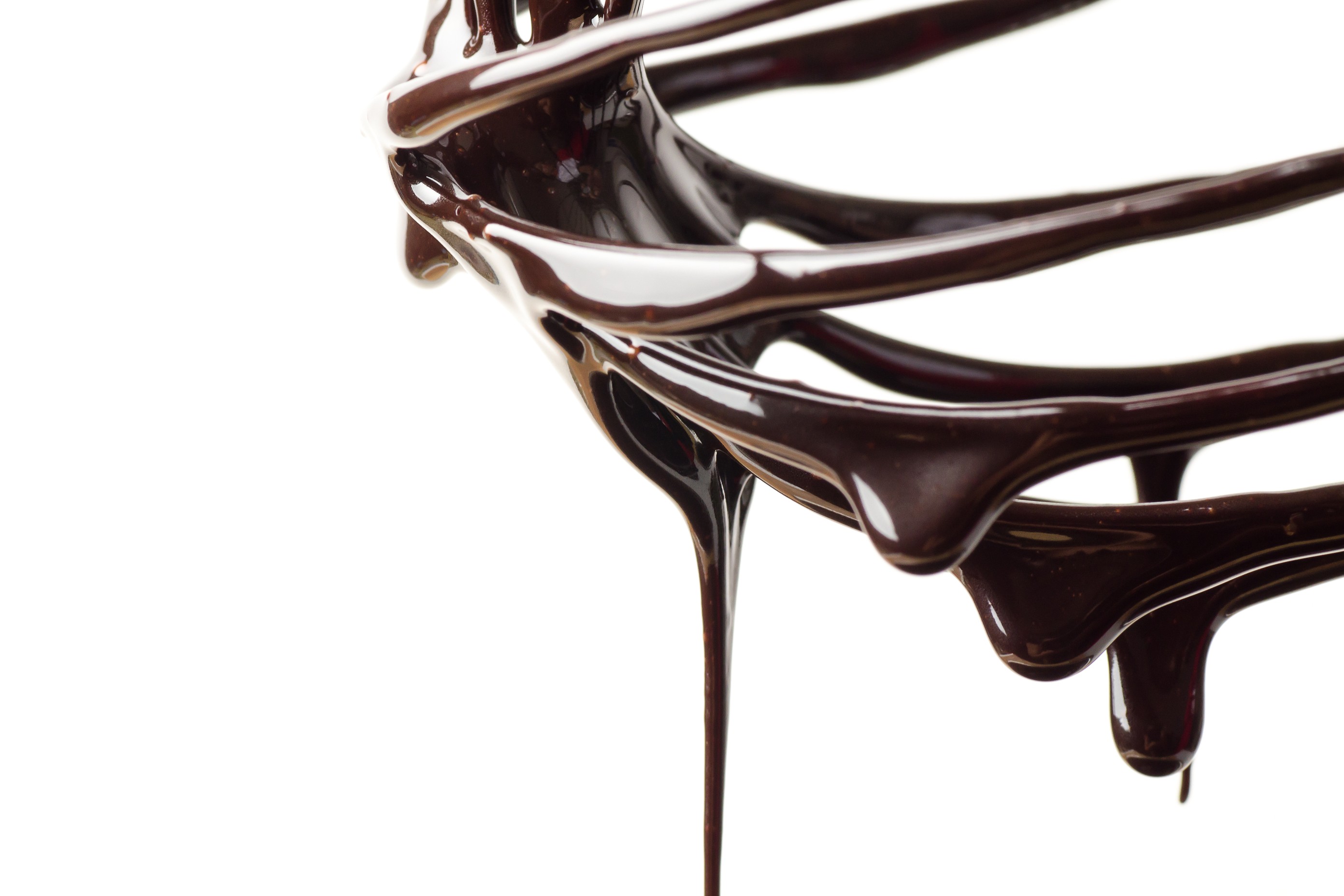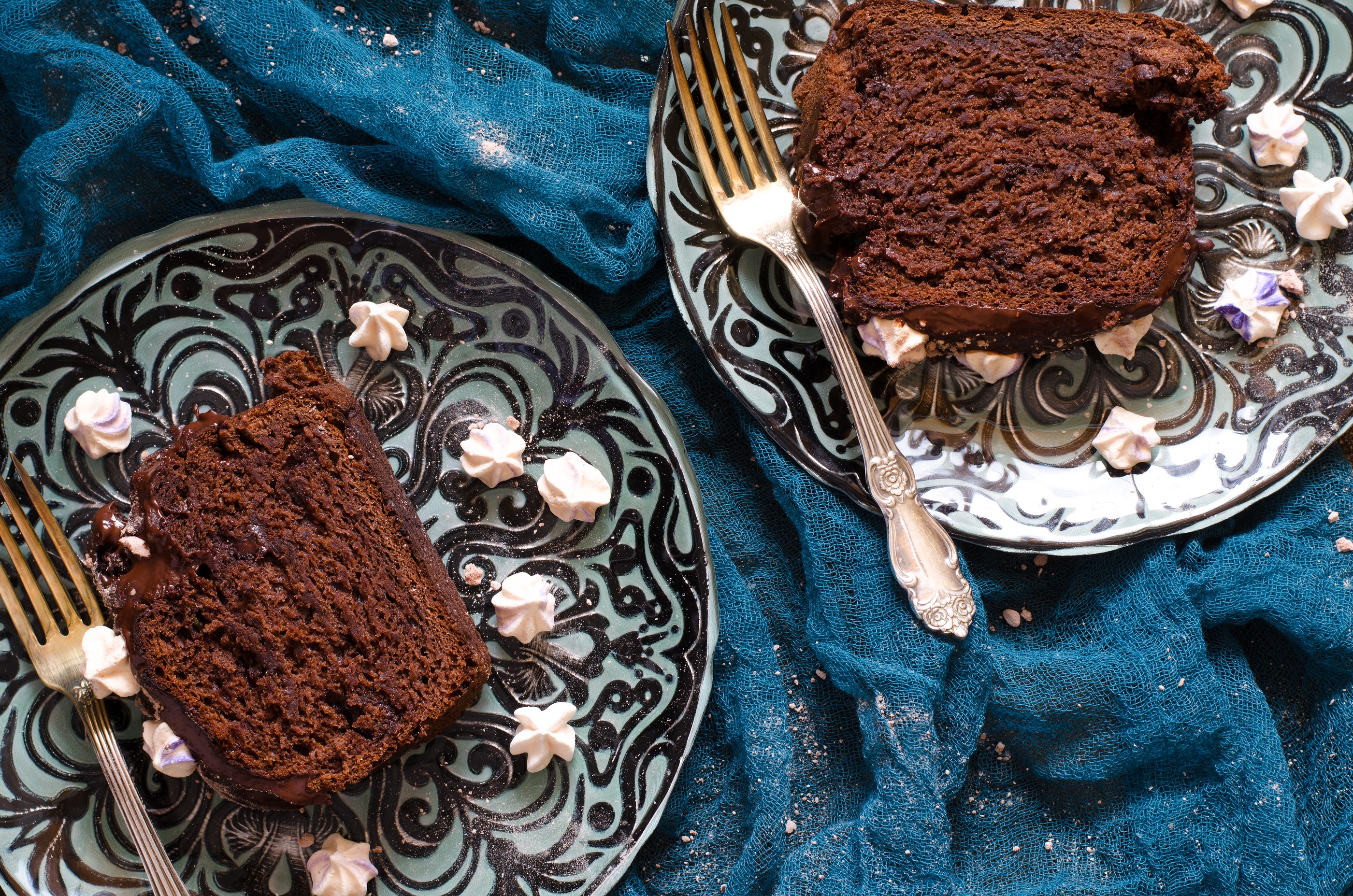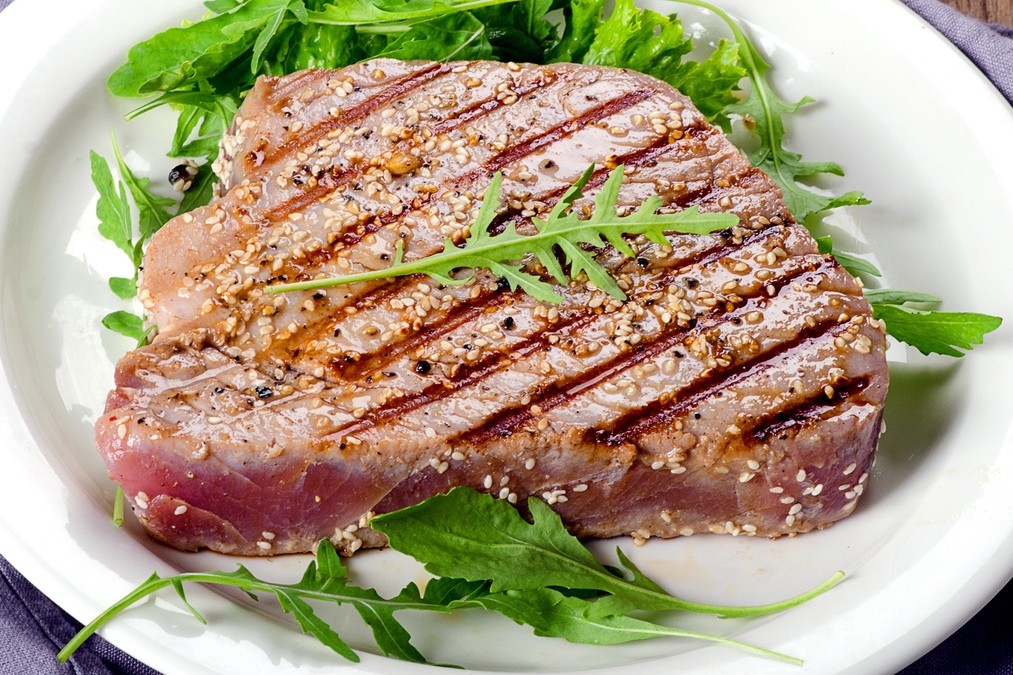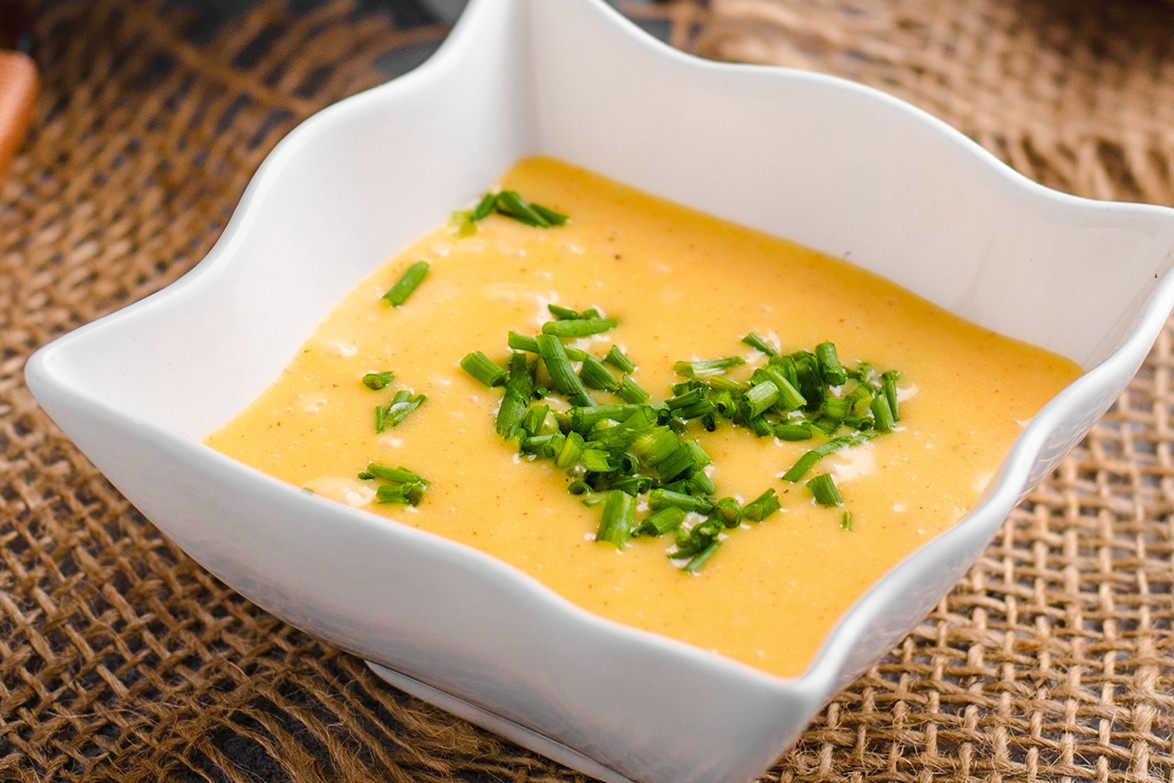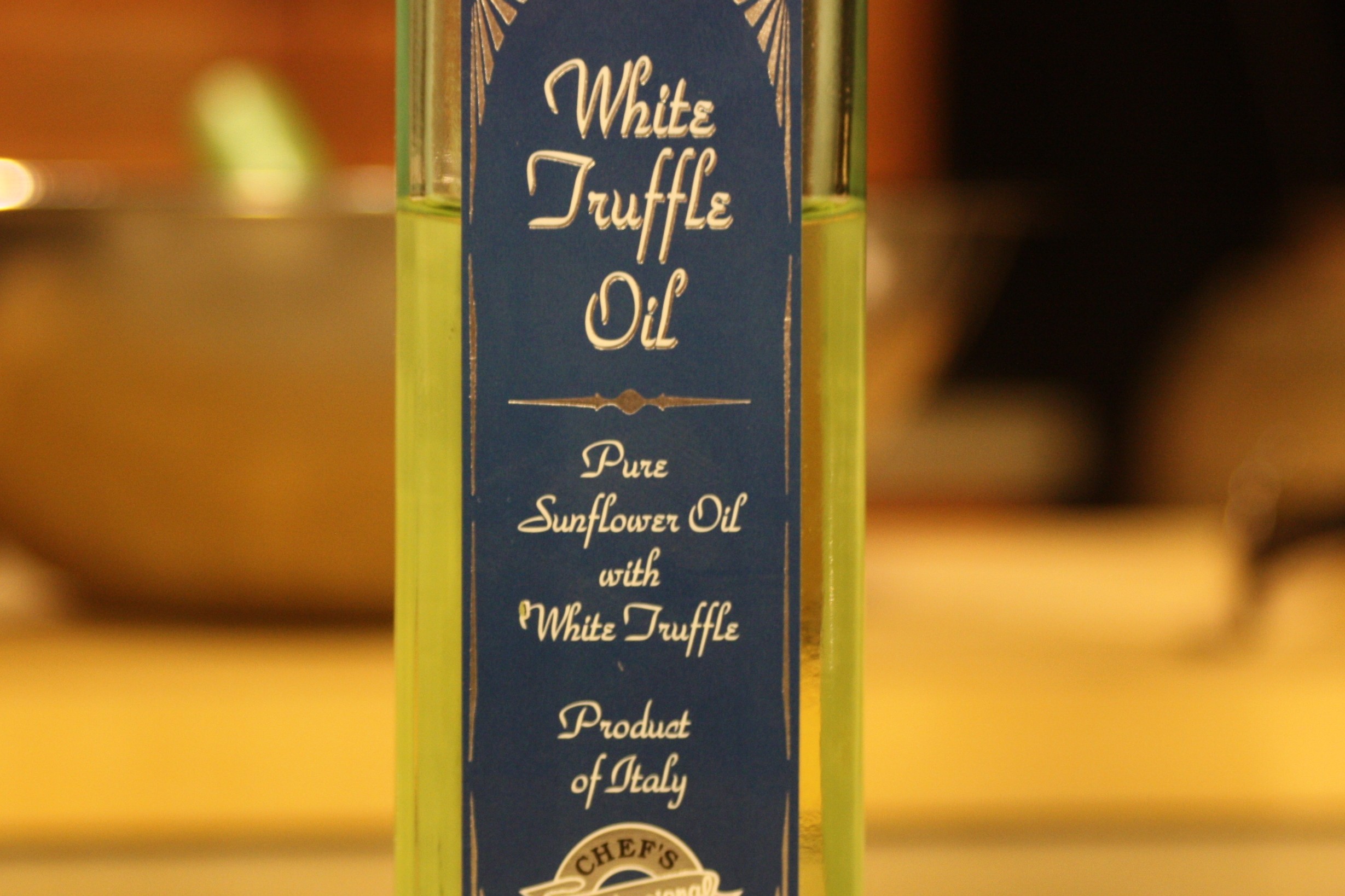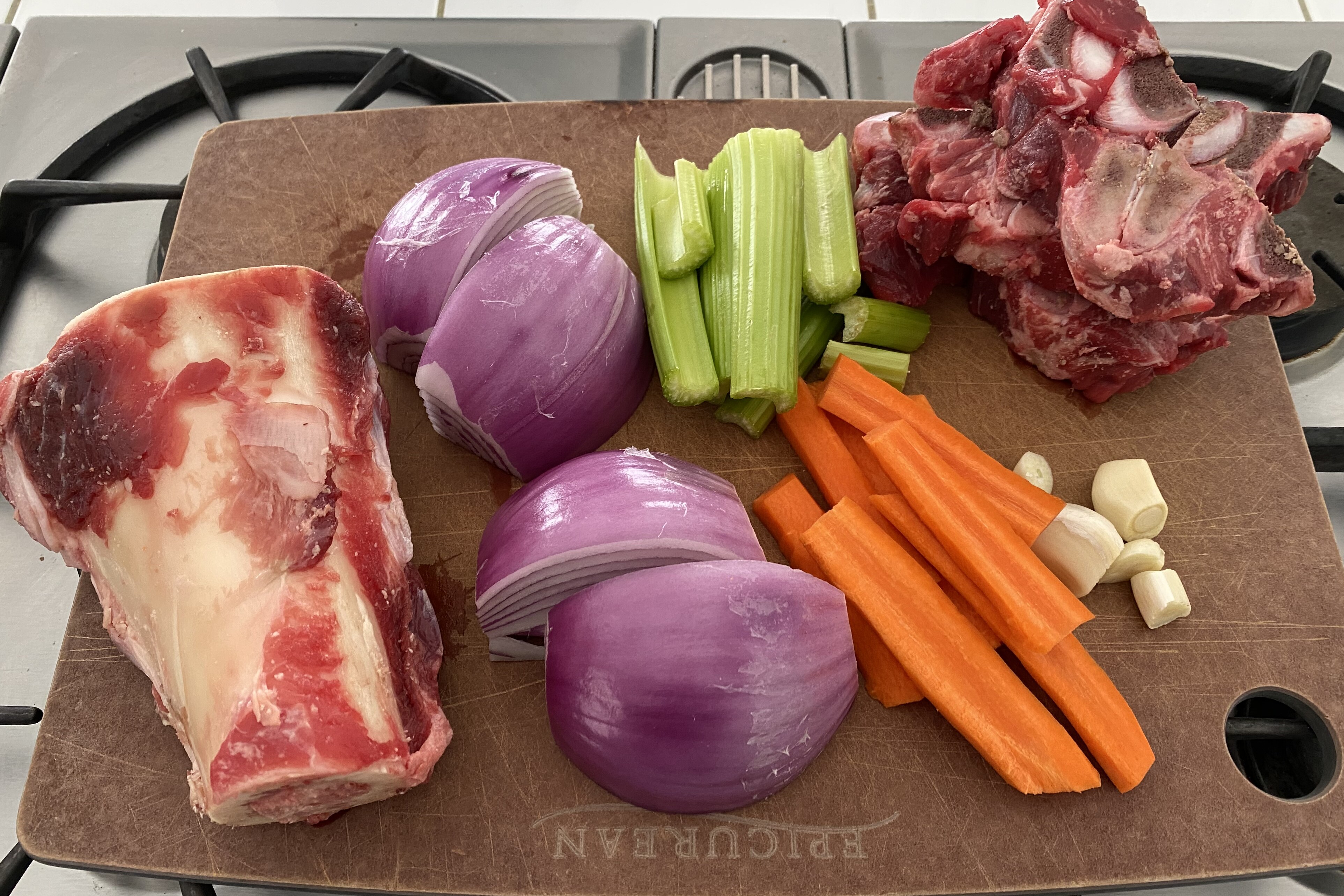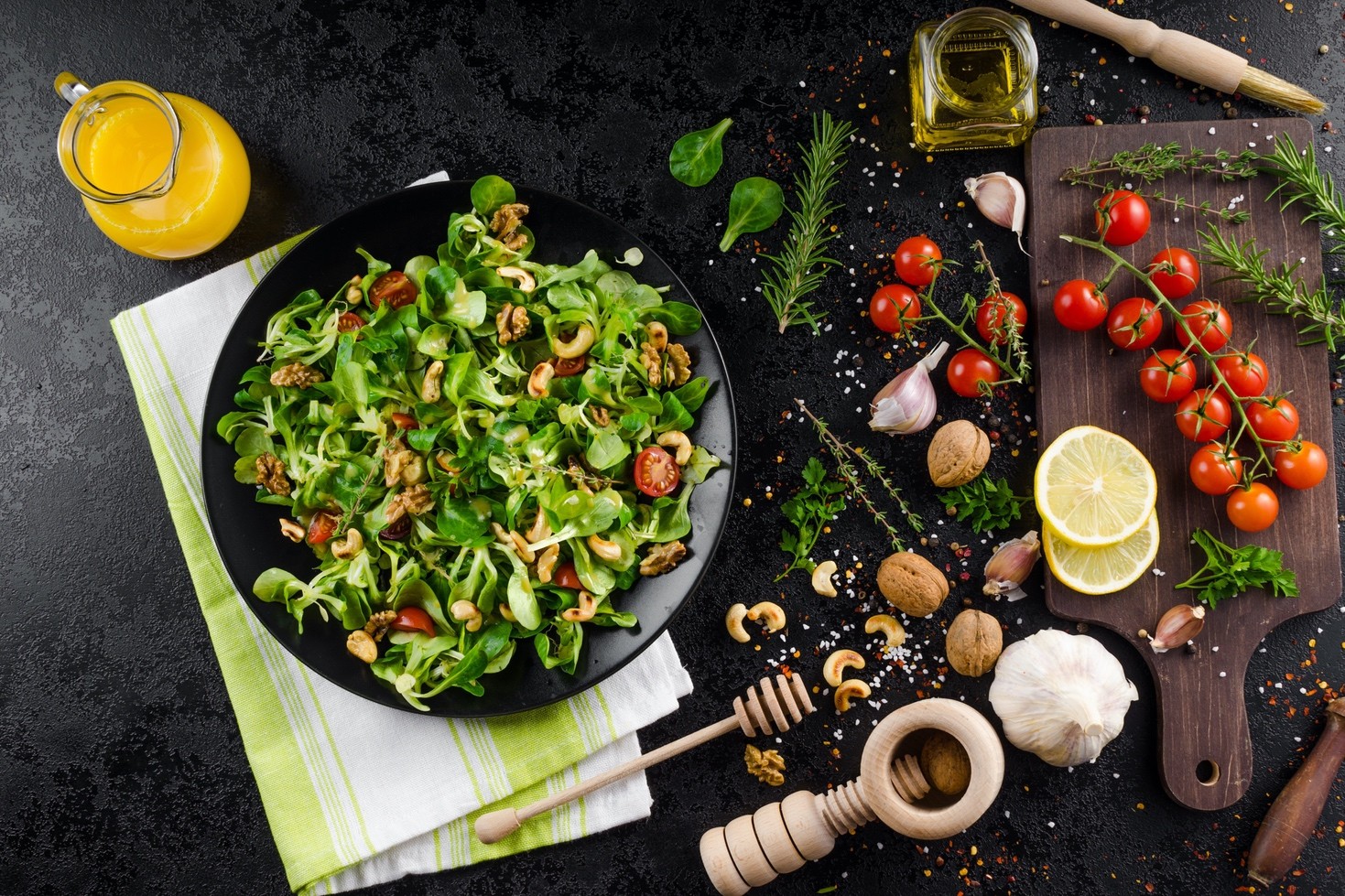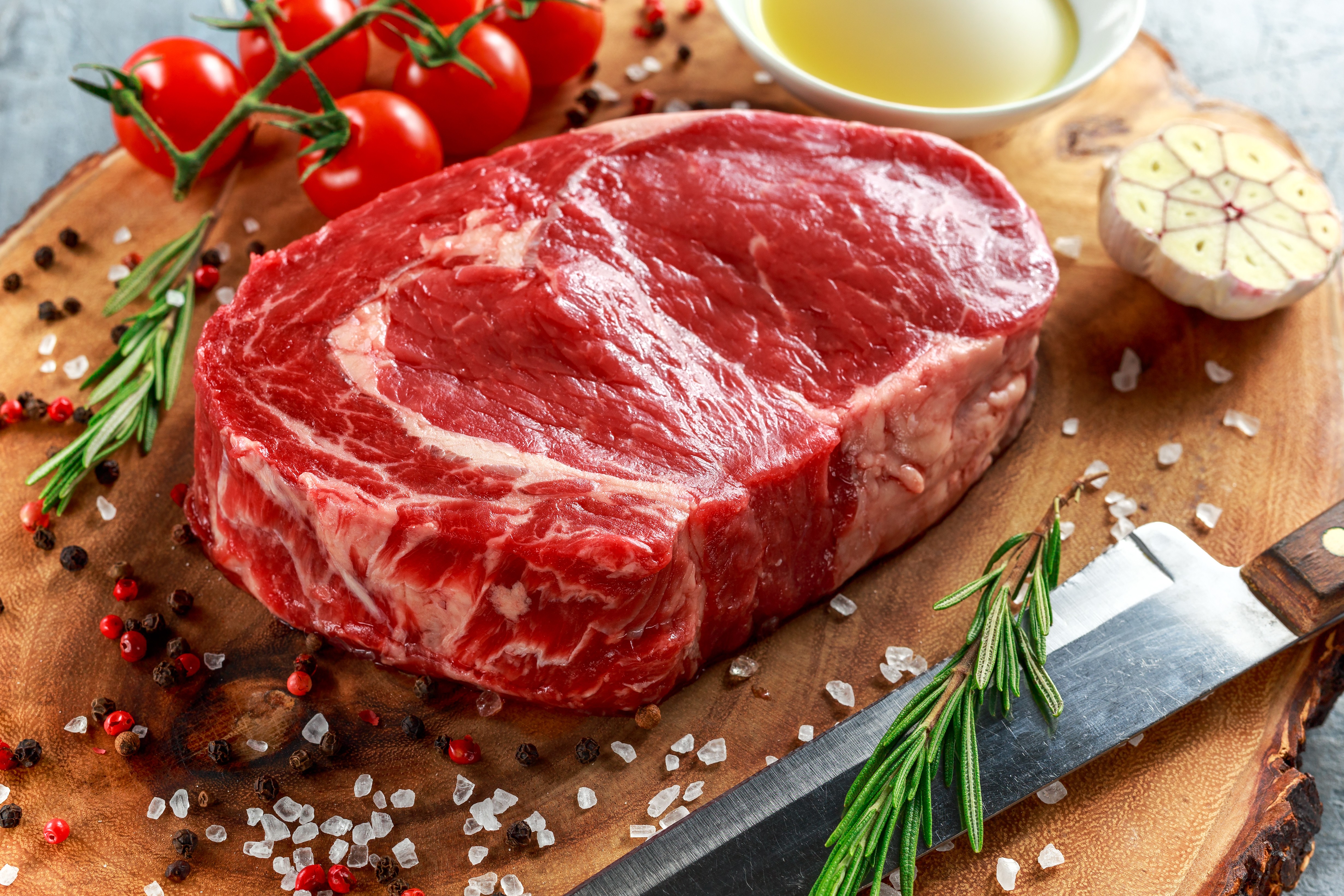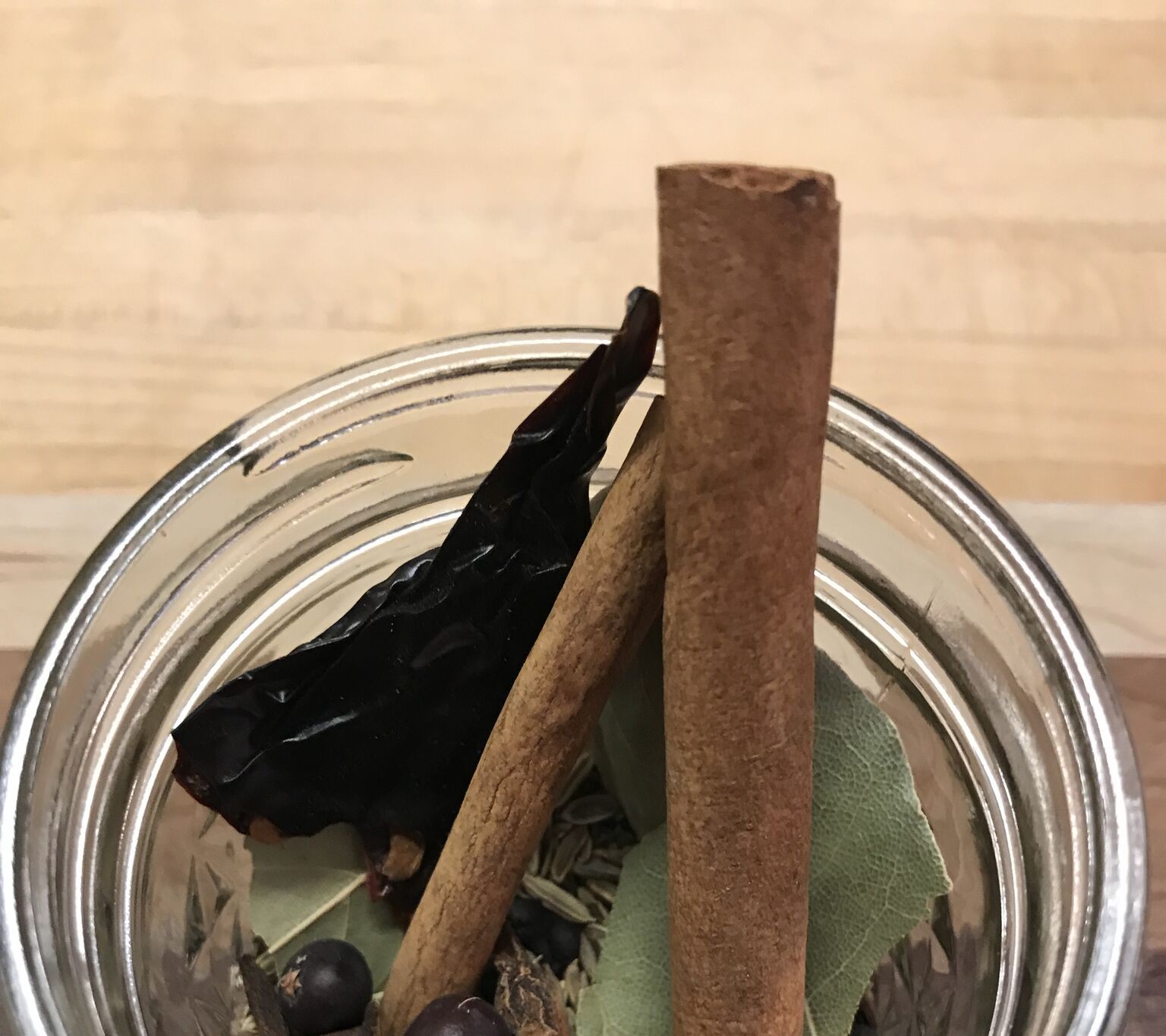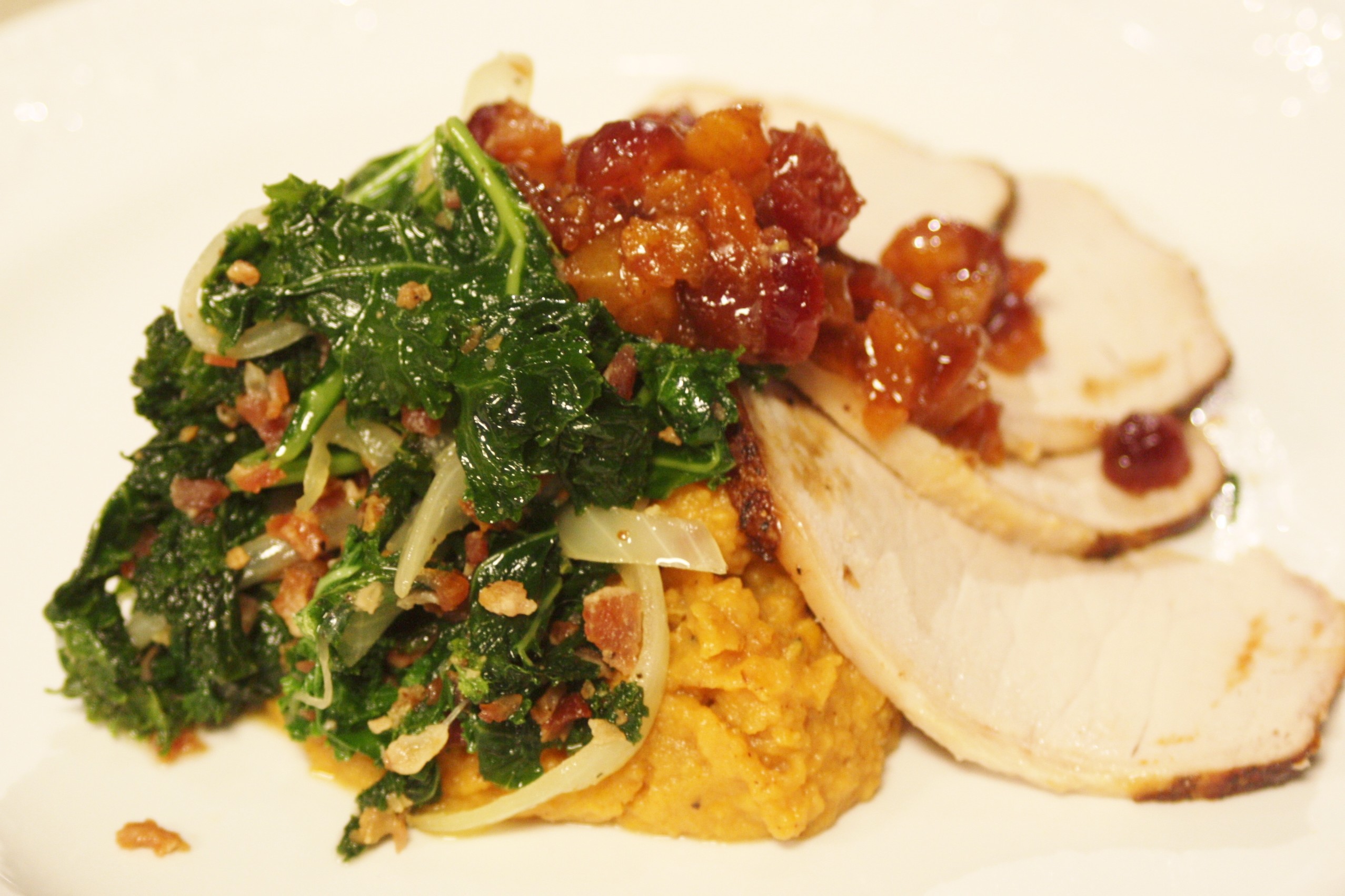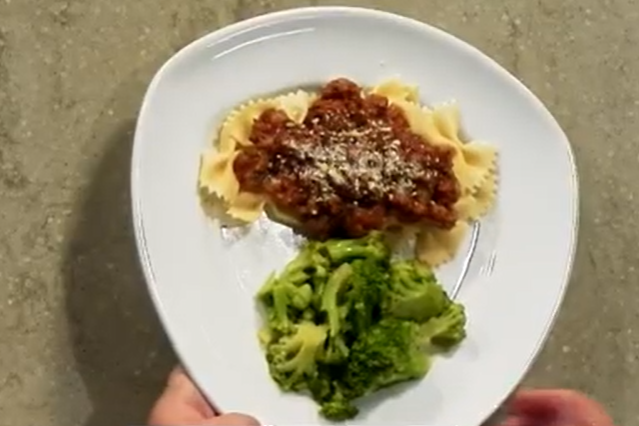Sauces
Teres major is a cut of beef that comes from the chuck section of the cow, right below its front leg. It is about the size of a pork tenderloin and happens to be the second most tender cut from a cow (after the tenderloin, of course).
It takes a skilled butcher to extract the teres major, which partially contributes to the cut's obscurity.
Shrimp or prawn cocktail is a seafood dish consisting of cooked prawns served in a glass with cocktail sauce. The dish has vague origins, but most people claim that it was invented by a 19th-century miner from California who first used oysters in a glass with a sauce, but the Golden Gate Hotel in Las Vegas was the first to offer a 50-cent shrimp cocktail in 1959.
It was served in a tulip glass with cocktail sauce. The cocktail sauce usually consists of ketchup and horseradish or ketchup and mayonnaise. This iconic dish was especially popular from the 1960s to the 1980s.
Argentina
Chimichurri is an herb-based condiment that is a culinary specialty of Argentina and Uruguay. Typically served alongside grilled steaks, roasted beef and pork sausages, it is made from parsley, dried oregano, garlic, salt and pepper in a base of olive oil and vinegar.
Try a Healthy Argentinian Favorite: Chimichurri
Chimichurri, a marinade and condiment, is an Argentinian favorite that is loved for its full flavor and complementary abilities. This sauce is the perfect accompaniment for chicken, fish, pasta, sausages, and steaks. And from a health standpoint, chimichurri is loaded with good-for-you benefits, including calcium, carotenes, iron, and vitamins A and C (from the parsley) and calcium, fiber, iron, and vitamins E and K (from the oregano), as well as heart-healthy garlic and the monounsaturated fat found in olive oil, which may help to lower total cholesterol.
Crab cakes have a long history, originating in Maryland. Our access to fresh and delicious blue crabs make Maryland crab cakes the epitome of patty-shaped seafood dishes.
Shakshuka is a staple dish at any Israeli breakfast – whether you're in a restaurant or at home – and it's considered a significant competitor to falafel and hummus for the title of 'best Israeli dish'. ... The dish's name, shakshuka, essentially means 'all mixed up' – and that's what it really is.
Mexico
Of all the peoples introduced to this dessert, the Spanish were particularly taken with it (and were the first to top it with a sweet caramel sauce). Like the Romans before them, the Spaniards brought flan to new lands, when in 1518, the famous conquistador Hernán Cortés landed in the Yucatan Peninsula of Mexico.
Flank steak, which is sometimes known as London broil, is generally on the less expensive side for a steak. It does have somewhat of a bad reputation for being tough, but once you show it a little love and kindness and maybe a splash of marinade, it can be quite tender.
Hollandaise sauce is a rich, buttery sauce freshened with the lightest touch of lemon. Despite having “Holland” in its name, it's generally agreed among chefs that Hollandaise sauce was first born in France and was originally known as Sauce Isigny, named after a small town in Normandy famous for its butter and cream.
This white truffle honey is the ultimate indulgence and addiction, combining acacia honey with thin shavings of white truffle- an extraordinary and original combination. The sweet taste of the honey combined with the rich taste and aroma of white truffles is a perfect marriage!
Bone broth contained lots and lots of minerals as well as collagen, glutamine, glycine, proline which have great healing properties for the gut and reduce inflammation. The gut being the core of your immune system, the one that regulate and fight against the intruders you need to take good care of it. In other words, bone broth is what “oil” is to your car, you need it to help your body function properly. This magic liquid is also believed to heal many “gut problems” from leaky stool to certain food intolerances. If this wasn’t enough, bone broth is also filled with minerals that helps strengthen your bones and help relieve joint pain and also contains collagen that gives your skin a nice glow. In the end of the day… it’s practically a magic potion for eternal youth.
Its origins are as obscure as any folk recipe's. In 19th century books such as “The White House Cookbook” (1887) and Fanny Farmer's “Boston Cooking-School Cook Book” (1896), “French dressing” always meant oil and vinegar. Quite a few 20th century books have continued that tradition.
Stout is packed with flavonoids, the antioxidants that give fruit and vegetables their dark color. Getting enough antioxidants in your system is great for your heart. Slowing down the deposit of cholesterol on artery walls, this can help reduce blood clots and the risk of heart attacks.
Tamales can be traced back to 8,000 BC—making them one of the oldest foods still alive and kicking on menus today. They have some solid longevity, and it’s quite astonishing to see how long they’ve remained such a significant part of Latin culture throughout the centuries.


